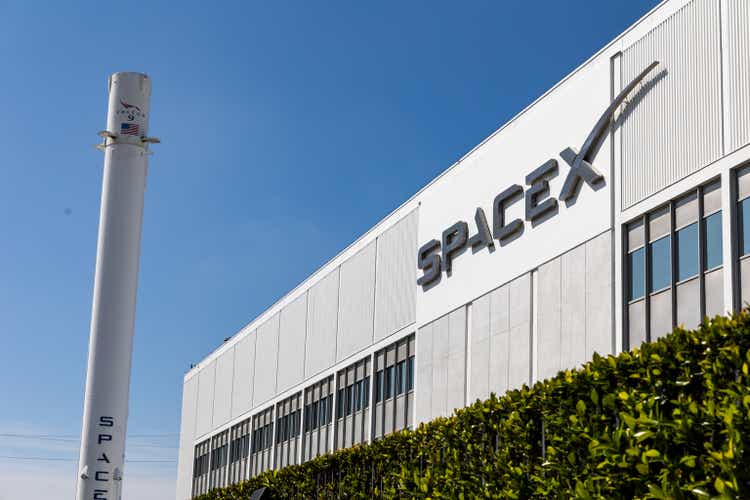Defence Secretary Rajesh Kumar Singh has underscored the imperative of Aatmanirbharta in the defence sector, calling it essential not only for preserving India’s strategic autonomy but also for realising the ambitious vision of Viksit Bharat by 2047.
Addressing a high-level defence conclave in New Delhi on May 29-30, Singh articulated the government’s sweeping reforms aimed at fortifying the domestic defence industrial base.
“Self-reliance in defence is central to securing our strategic interests and catalysing India’s transformation into a developed economy,” he said.
Singh linked defence indigenisation to broader national objectives, including scaling GDP from $4 trillion to $32 trillion, expanding manufacturing, fostering a vibrant startup ecosystem, generating employment, and leveraging dual-use technologies for civilian applications.
India’s defence landscape has witnessed a tectonic shift over the past decade. “From being the world’s largest importer in 2015, India has emerged as one of the top 25 defence exporters,” Singh noted.
Over 100 Indian firms now export cutting-edge platforms and systems — including BrahMos missiles, Pinaka rocket launchers, simulators, armoured vehicles, Dornier aircraft, and offshore patrol vessels — to more than 100 countries. Defence exports have surged thirtyfold, touching Rs 23,622 crore in FY 2023-24.
The domestic ecosystem now comprises 16 Defence PSUs, 430 licensed private entities, and nearly 16,000 MSMEs. Indigenous defence production has tripled from Rs 43,746 crore in 2014 to Rs 1.27 lakh crore in the last fiscal.
In a major milestone, the Ministry of Defence fully utilised its modernisation budget in FY 2024-25 for the first time in five years. It also inked contracts worth a record Rs 2 lakh crore — double the previous year’s total. “This unprecedented capital outlay will not only accelerate modernisation but also bolster the case for increasing defence expenditure to 2.5 per cent of GDP in the near term and up to 3 per cent in the medium term,” Singh stated.
On the reform front, Singh announced a sharp reduction in procurement cycle timelines, shaving off nearly 69 weeks from certain processes. The Defence Acquisition Procedure 2020 is being comprehensively overhauled to reflect operational realities and foster competitiveness.
He stressed the need to shift from a legacy cost-plus, PSU-centric procurement model to a market-driven, competitive regime where both public and private players can vie for contracts. This model is already being applied to shipbuilding and the AMCA project.
The Secretary highlighted a suite of structural reforms: transitioning to deemed licensing to enhance bureaucratic accountability, scrapping product reservations for PSUs, streamlining procurement protocols, and adopting competitive bidding. These steps, he said, are vital for broadening the defence manufacturing base and unlocking private sector potential.
Singh urged private industry to commit to long-term investments in R&D, capital equipment, and engineering infrastructure. “Firms lacking the technological depth, capital base, or willingness to invest in innovation should reconsider venturing into defence. Without these fundamentals, their contribution to strategic autonomy will be negligible,” he asserted.
Reiterating the government’s commitment to a level playing field, Singh assured the private sector of continued improvements in ease of doing business, aimed at fostering a robust, resilient and future-ready domestic defence ecosystem.

 1 day ago
1
1 day ago
1





















 English (US) ·
English (US) ·